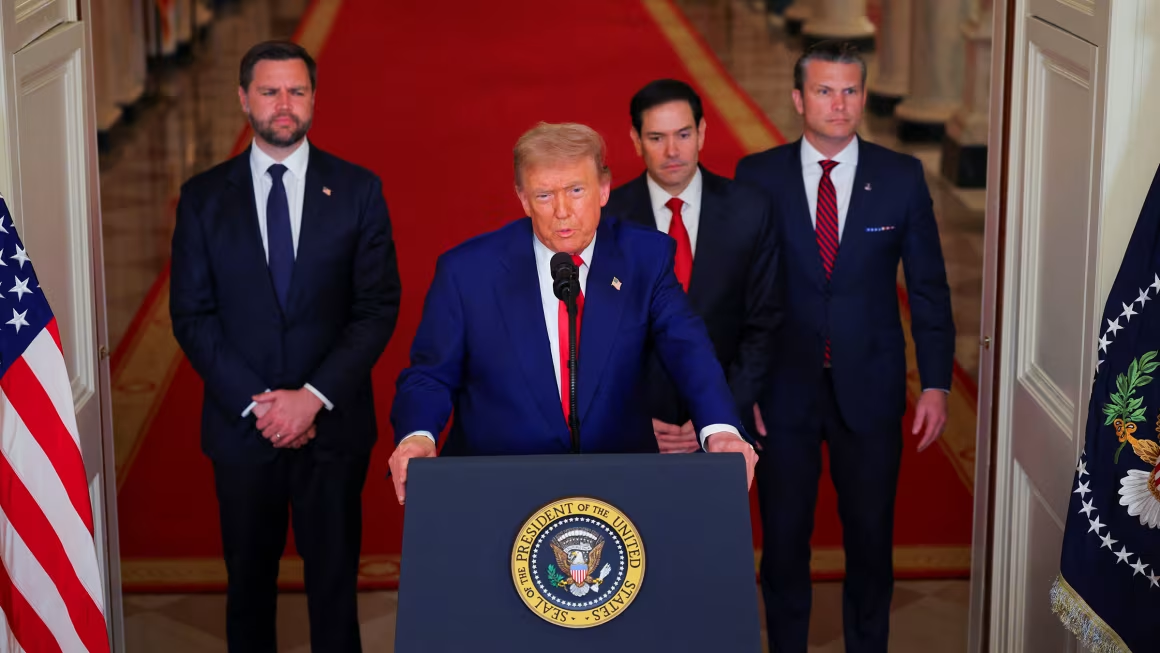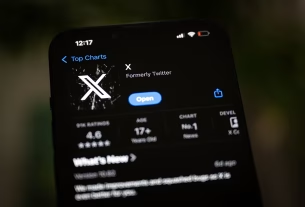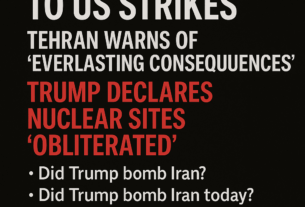WASHINGTON, D.C. — Former President Donald Trump is touting the weekend’s precision attacks on Iran’s nuclear facilities as a game-changing victory, even floating the prospect of regime change in Tehran. Yet independent analysts say it is far too early to know whether the strikes crippled Iran’s enrichment program or simply kicked off the next cycle of confrontation.
Regime-Change Rhetoric Enters the Chat
Vice President J.D. Vance insisted on Sunday that Washington “is not at war with Iran,” but Trump muddy-footed that message hours later on Truth Social:
“Why wouldn’t there be a Regime change??”
Those 11 words thrilled hawks in Jerusalem but alarmed lawmakers in both parties who recall how past “shock-and-awe” campaigns in the Middle East seldom reshaped the region as intended.
Did the Strikes Destroy Iran’s Nuclear Ambitions?
House Intelligence Committee ranking member Jim Himes warned on CNN that nobody yet knows whether the bombs did more than “create a big boom and a lot of dust.” Key unknowns:
| Critical Question | Why It Matters |
|---|---|
| Was enriched uranium moved? | If stockpiles were relocated before impact, Iran could sprint for a crude device. |
| Were centrifuges destroyed? | Damaged but repairable cascades might be spinning again within months. |
| What intelligence justified “weeks away” claims? | U.S. agencies had assessed Tehran had not crossed the weaponization threshold. |
Until inspectors survey the wreckage, Trump’s mission accomplished-style assertions remain unverified.
Tehran’s Next Move: Retaliation or Restraint?
Iran’s U.N. ambassador, Amir-Saeid Iravani, vowed a “proportionate response,” leaving oil markets and military planners bracing for:
- Missile salvos at U.S. bases in the Gulf
- Harassment of shipping in the Strait of Hormuz
- Proxy attacks via militias in Iraq, Syria, or Lebanon
- Cyber strikes on U.S. critical infrastructure
Each option risks escalating into the full-scale U.S.–Iran war both nations claim to avoid.
A Leadership Crisis Inside Iran
Supreme Leader Ayatollah Ali Khamenei’s twilight years already had Tehran in flux. Now, simultaneous blows from:
- Israel’s offensive against Iranian proxies in Gaza and Lebanon, and
- America’s bunker-buster barrage on nuclear assets
could unleash unpredictable power struggles—not necessarily the liberalizing wave Washington hopes for. History suggests sudden instability might tighten, not loosen, clerical control.
Domestic Politics: Trump the “Strongman” or “Risk Taker” ?
Capitol Hill Republicans cheered the strike as proof of Trump’s decisiveness. Yet some conservative influencers warned he may pull the MAGA base into a new quagmire. Critics stress that the president acted without publicly sharing intelligence or formally consulting Congress on the use of force—raising constitutional alarms.
The Escalation Spiral
Trump argues Iran can choose peaceful negotiation or face “tragedy far greater than we have witnessed over the last eight days.” But Tehran—long defined by defiance of the “Great Satan”—may feel compelled to demonstrate strength, even at great cost.
Should Iranian retaliation hit American troops or allies, U.S. doctrine promises “overwhelming force.” That tit-for-tat dynamic could quickly push both sides past the point of controlled deterrence into open conflict.
Bottom Line
Trump’s bunker-busters may have bought time against Iran’s uranium enrichment, but they also surrendered control of the broader crisis. Until inspectors verify the extent of destruction—and until Iran reveals its response—the real impact of America’s most audacious strike in decades remains hazily uncertain. What isn’t hazy: whispers of “Iran regime change” have moved from fringe to mainstream, raising stakes in an already volatile region.
Stay tuned for updates on the fallout from the U.S. strikes, Tehran’s next steps, and how this rapidly evolving storyline may redefine power dynamics across the Middle East.





